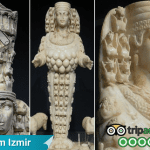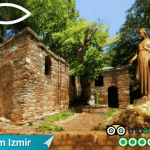The Prytaneion of Ephesus is located on the west side of the Basilica Stoa. Unlike the surrounding structures, it featured a courtyard in the front and a large hall at the back. The structure resembled a temple with eight tall, thick columns at the front, two of which are still visible today.
Table of Contents
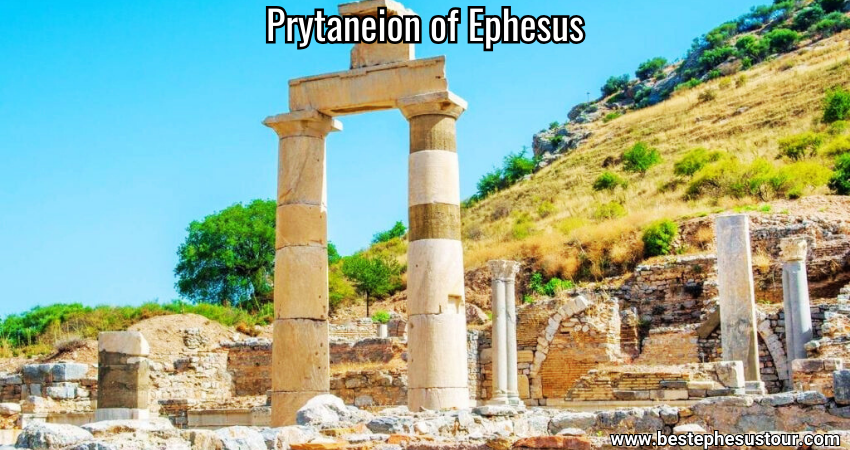
Prythanism: A Sacred Duty
The most religious and responsible managerial duty that could be obtained in the Ancient City of Ephesus was Prythanism. The most important duty of the Prythan, who would be from an elite family, was to look after the eternal fire, the hearth of the city, ensuring it would never go out, day or night. The Prythan proudly performed this duty in the name of the hearth Goddess Hestia.
Other significant duties of the Prythan included overseeing the city’s various cults and managing daily sacrifices. The Prythan covered these expenses. The Temple of Artemis, however, was outside the city’s jurisdiction and thus beyond the Prythan’s management. The temple operated under its own system.
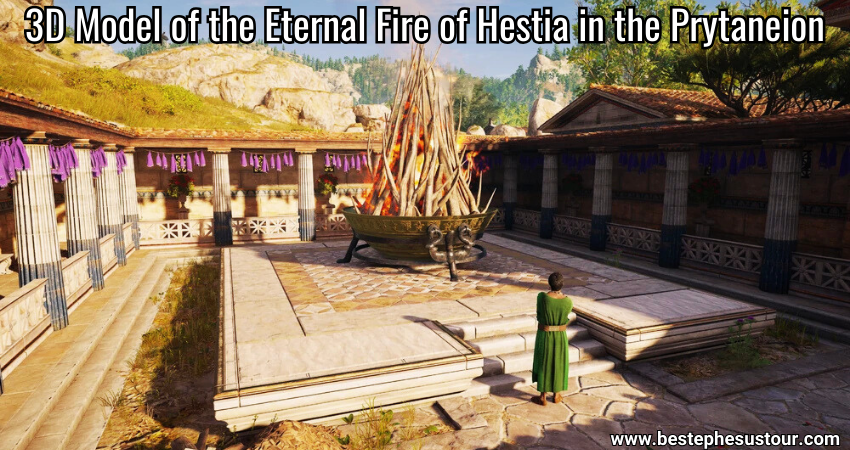
Architectural Features of the Prytaneion
It resembled a temple because eight thick and tall columns were in the front, two of which can still be seen today. The interior of the Prytaneion of Ephesus was opulent. Columns at the building’s corners included two with heart-shaped sections. The hearth, called “The Holy Place of Hestia,” burned constantly, and at its center stood the altar, though only the basalt base remains today.
Curetes Union: Guardians of Artemis
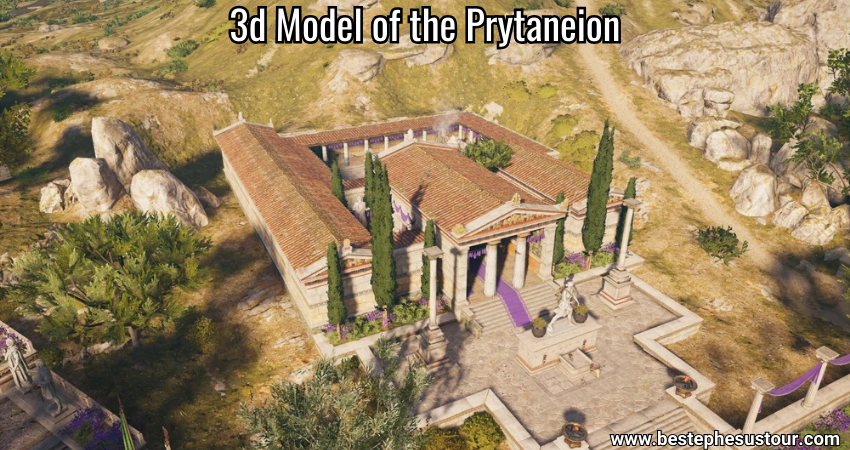
Inscriptions on the columns and architectural fragments provide a list of the “Curetes Union.” The Curetes were a class of priestesses associated with the Artemis Temple. Initially, there were six curettes, but their number increased to nine. During the Hellenistic period, the Curetes Union was solely part of the temple. However, under the reign of Emperor Augustus, they gained a role in the Prytaneion. The union’s primary duty was to celebrate Ephesian Artemis’s birth in a dramatic ceremony at Ortygia, southwest of Ephesus.
Artemis Statues Discovered in the Prytaneion
The statues of the Great Artemis and the Beautiful Artemis, among the most significant artifacts in the Ephesus Archaeological Museum, were discovered in 1956 during the Ephesus excavations in the Prytaneion of Ephesus and are remarkably well-preserved.
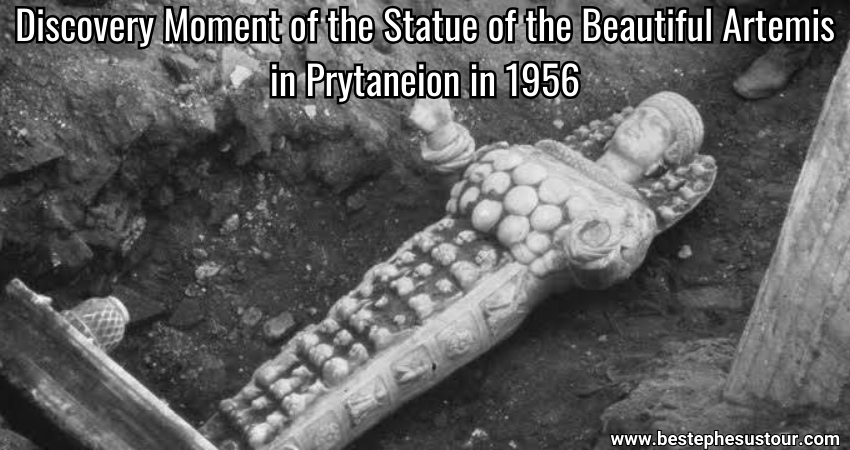
Construction and Decline of the Prytaneion
The Prytaneion of Ephesus was first constructed in the 3rd century B.C. and underwent significant modifications during Emperor Augustus’s reign. The building likely collapsed in an earthquake in the 4th century. Construction materials from the Prytaneion were repurposed to restore the Scholastica baths.




